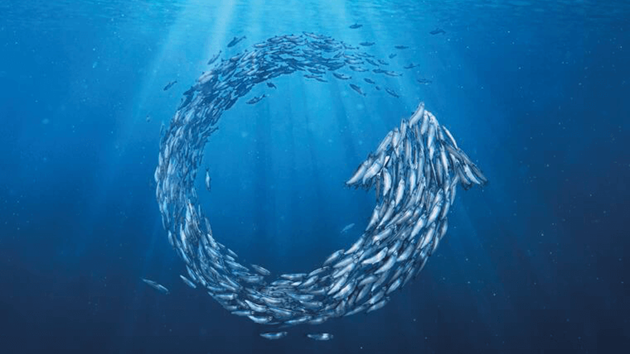Designed for Levels 3-5, in this topic we introduce the Marine Stewardship Council and the concepts of overfishing and sustainable fishing.
Explore
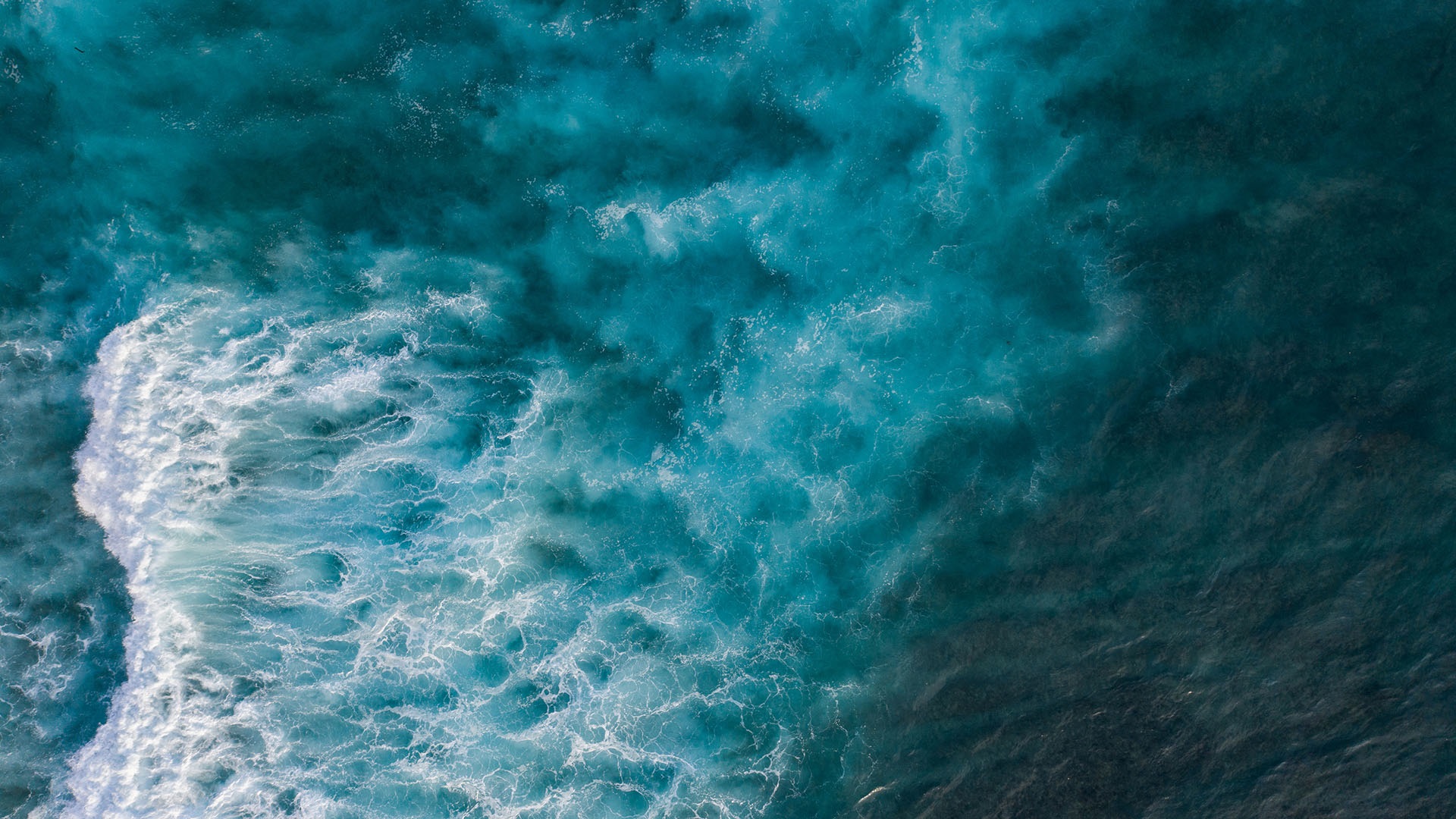
Importance of the sea
Explore the importance of the sea to us and how we are connected to it.
🎚 Level: 3-5
⌚ Duration: 45 minutes
✍ Curriculum areas: Science, Social Science, Geography, Pūtaiao, Tikanga-ā-iwi, Hauora
🔤 Keywords: Ocean, Tūpuna, Kaitiakitanga, Whakapapa, Kaitiaki, Taonga [Treasure]
📌 Location: Indoors
⏭ Next steps (this topic): Overfishing, Blue fish tick, Sustainable fishing, Reviewing key concepts.
⏭ Next steps (other topics): Fishy connections, Ko āu te moanaAn estimated 97 per cent of the world’s water is found in the ocean. The ocean impacts on weather, temperature, and the supply of food for humans and other organisms. In Aotearoa New Zealand we are intricately connected with the ocean through whakaapa, fishing and the very fact that most of us live near the sea!
Focus Questions:
Why is the sea important for me? How am I connected with the sea?
What new words and concepts have we learnt?
Learning outcomes:
Describe the importance (to me) of the sea and sea creatures
Use scientific and fisheries related vocabulary
Materials:
Seas Importance Teacher Outline
IMPORTANCE OF THE SEA SLIDE SET
Importance of the Sea Ocean Connections Cards
White board and Blue tack (Ocean Connections)
Internet access (for Whaitere reading & Kahoot quiz)
Something to write with
Activities include:
DISCUSS whakapapa and our connectedness to the sea
SHARE my connections with the sea
EXPLORE the importance of the sea
READ about the importance of the ocean
CATEGORISE sea creatures and kai moana
IDENTIFY sea creatures by Māori and English name
GRAPH favoured kai moana
READ about kaitiaki Whaitere (the enchanted stingray)
EXPLORE kaitiakitanga in relation to the sea
TAKE the Kahoot quiz
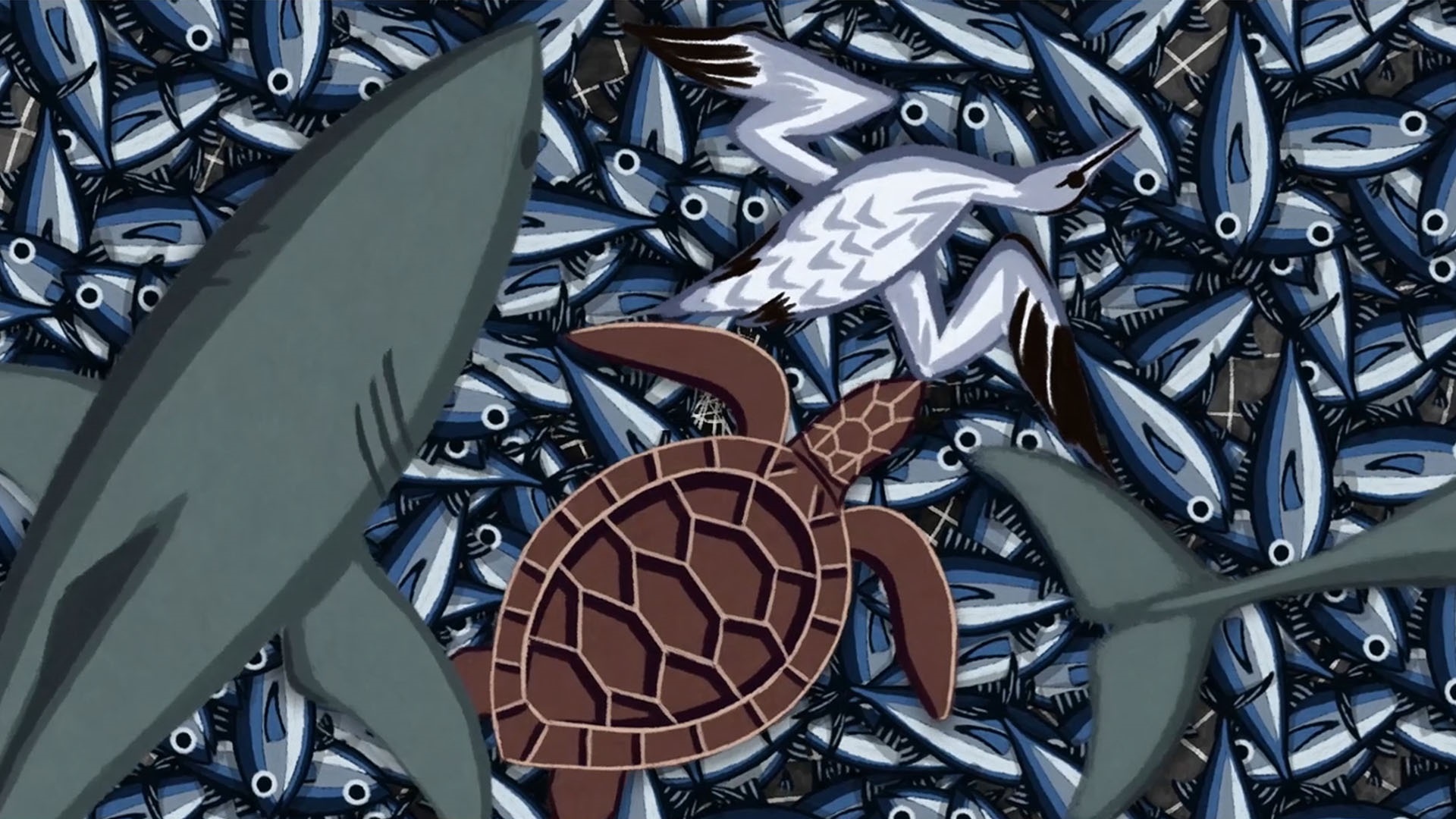
Overfishing
Investigate overfishing and how it impacts people and environments.
🎚 Level: 3-5
⌚ Duration: 45+ minutes
✍ Curriculum areas: Science, Social Science, Geography, Pūtaiao, Tikanga-ā-iwi, Hauora
🔤 Keywords: Overfishing, sustainable fishing, fishery, marine migration
📌 Location: Indoors
⏭ Next steps (this topic): Blue fish tick, Sustainable fishing, Reviewing key concepts
⏭ Next steps (other topics): Sustainable fishing & sustainable catch, Well-managed fisheries
An estimated 97 per cent of the world’s water is found in the ocean. The ocean impacts on weather, temperature, and the supply of food for humans and other organisms. In Aotearoa New Zealand we are intricately connected with the ocean through whakaapa, fishing, and the very fact that most of us live near the sea!
Focus questions:
What is overfishing? What are the impacts of overfishing?
What new words and concepts have we learnt?
Materials:
Something to write with
Warm up Overfishing Cards(see Teacher Outline)
Prior Knowledge Overfishing Chart (see Teacher Outline)
Access to internet (for film clip)
Activities include:
DISCUSS the impacts of overfishing
COMPARE an overfished v sustainably fished ocean
BRAINSTORM prior knowledge
WATCH the short film clip ‘Glad to Sea You’re on Board’ [2:33]
MAKE a short film or animation
WRITE about key concepts
CREATE a diagram illustrating effects of overfishing
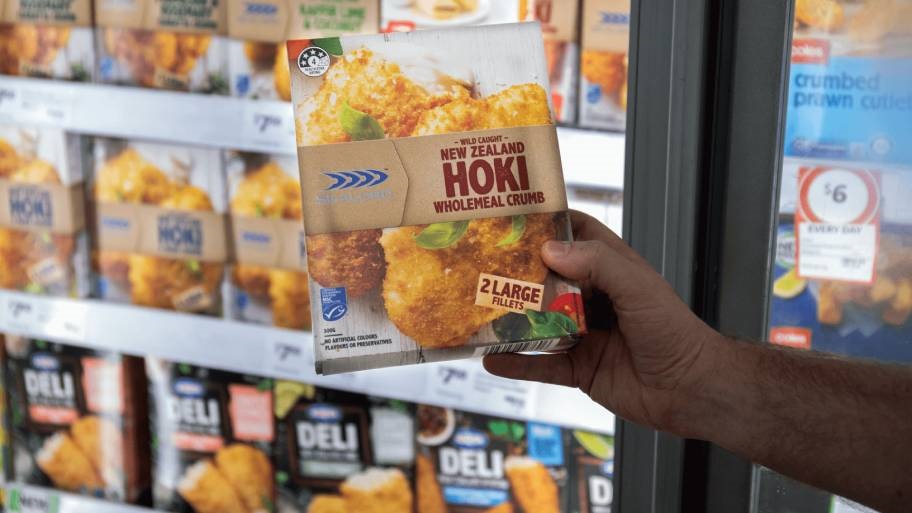
The blue fish tick label
Develop an understanding of the blue fish tick label and what the Marine Stewardship Council does!
🎚 Level: 3-5
⌚ Duration: 45+ minutes
✍ Curriculum areas: Science, Social Science, Geography, Pūtaiao, Tikanga-ā-iwi, Hauora
🔤 Keywords: Sustainable fishing, Marine Stewardship Council, blue fish tick
📌 Location: Indoors + field trip
⏭ Next steps (this topic): Sustainable fishing, Reviewing key concepts
⏭ Next steps (other topics): Traceable seafood supply chain, Taking action: Consumer Choice
The Marine Stewardship Council sets the standard to assess if fisheries are sustainable. When a fishery has been found to be sustainable then fish from that fishery can be sold with the Marine Stewardship Council blue fish tick label.
Focus Questions:
Who are the Marine Stewardship Council and what do they promote?
What does the Marine Stewardship Council’s blue fish tick label mean?
What new words and concepts have we learnt?
Learning Outcomes:
Describe who the Marine Stewardship Council are, and what they promote
Explain the meaning of the Marine Stewardship Council’s blue fish tick label
Use scientific and fisheries related vocabulary
Materials:
Blue Fish Tick TEACHER OUTLINE
Something to write with
Copies of Oceans at risk fact sheet
Access to the internet (film clips)
Supermarket survey sheet & clipboard (for field trip / homework activity)
Activities include:
INVESTIGATE the Marine Stewardship Council & blue fish tick label
WATCH a film [0:48] about the Blue fish tick label
WATCH a film clip [1:30] about the Marine Stewardship Council and sustainable fishing
READ and ANSWER questions using Oceans at Risk worksheet
TAKE the Kahoot quiz
VISIT a supermarket and conduct the supermarket survey
SURVEY GRAPH survey data
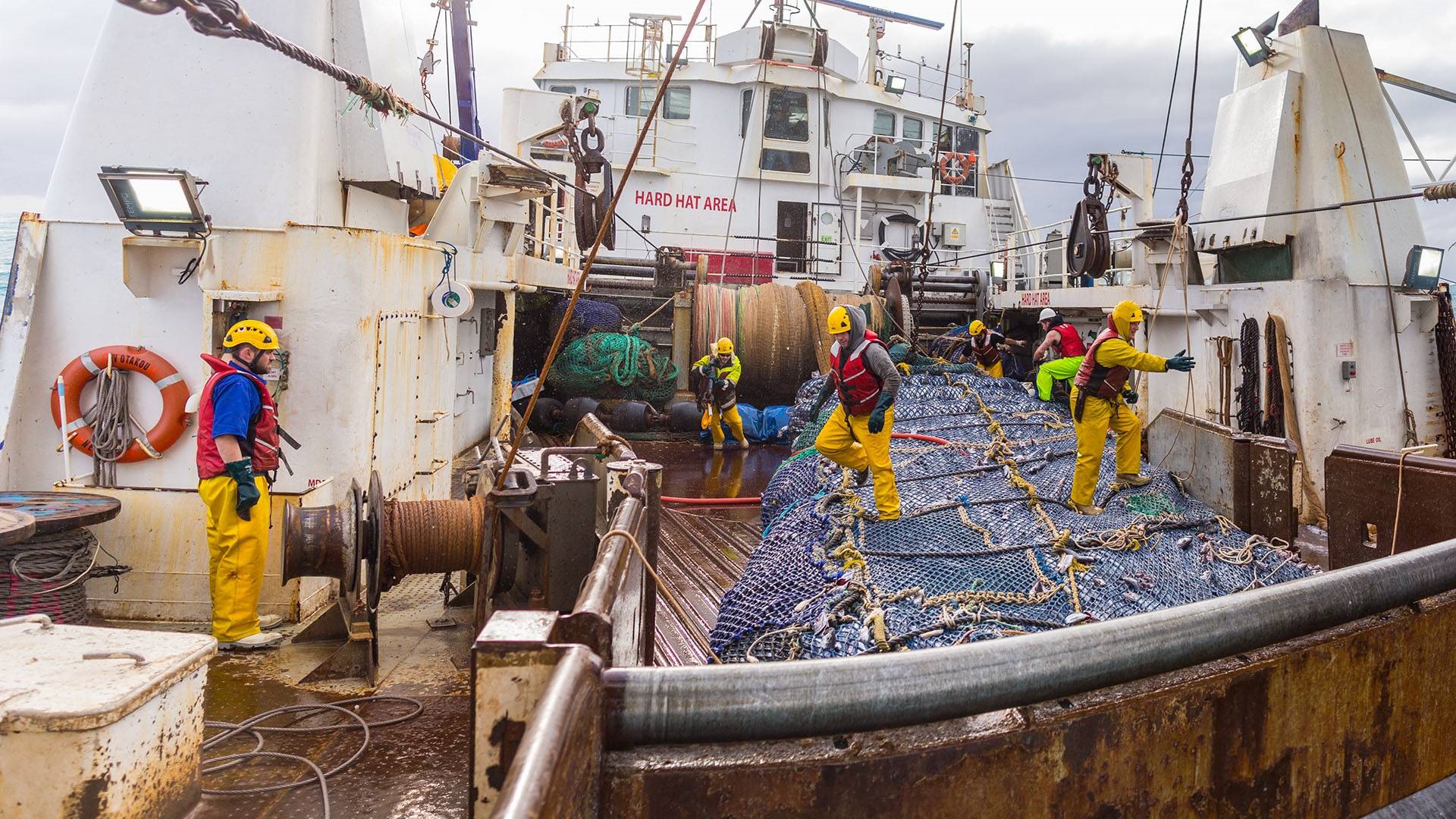
Sustainable fishing
Investigate the idea of sustainable fishing as an alternative to overfishing.
🎚 Level: 3-5
⌚ Duration: 45+ minutes
✍ Curriculum areas: Science, Social Science, Geography, Pūtaiao, Tikanga-ā-iwi, Hauora
🔤 Keywords: Overfishing, sustainable fishing, fishery, migration, marine, ocean
📌 Location: Indoors
⏭ Next steps (this topic): Reviewing key concepts
⏭ Next steps (other topics): Fishy connections, Sustainable fishing & sustainable catch
Sustainable fishing means leaving enough fish in the ocean so that fish stocks remain healthy, looking after places where fish live (habitats), and ensuring people who fish can keep fishing.
Focus Questions:
What is ‘sustainable fishing’?
What new words and concepts have we learnt?
Learning Outcomes:
Explain ‘sustainable fishing’ and how it impacts on people and environments
Use scientific and fisheries related vocabulary
Materials:
Sustaianable Fishing TEACHER OUTLINE
Something to write with
Copies of Unsustainable fishing practice cards
Scissors
Access to internet
Activities include:
DISCUSS meaning of sustainable fishing
WATCH the film My Dad the Fisherman [14:46]
EXPLORE more deeply some unsustainable fishing practices
WATCH the short film about bycatch [1:00]
INVESTIGATE what is and sustainable fishing using the Unsustainable fishing cards
INVESTIGATE how the Marine Stewardship Council deals with unsustainable practices
EXPLORE what sustainable fishing looks like in Aotearoa NZ
CONSIDER what I do to look after the sea
INVESTIGATE the three principles used by the Marine Stewardship Council to determine sustainable fishing

Reviewing key concepts
Review Topic 1 learning, including new words and concepts.
🎚 Level: 3-5
⌚ Duration: 45+ minutes
✍ Curriculum areas: Science, Social Science, Geography, Pūtaiao, Tikanga-ā-iwi, Hauora
🔤 Keywords: Overfishing, sustainable fishing, fishery, migration, marine, ocean
📌 Location: Indoors
⏭ Next steps (other topics): Fishy connections, Sustainable fishing & sustainable catch
Review learning about overfishing, the Marine Stewardship Council, and sustainable fishing.
Focus Questions:
What new words and concepts have we learnt?
Learning Outcomes:
Use scientific and fisheries related vocabulary
Materials:
Sustainable Fishing Review of Key Concepts Slide Set
Sustainable Fishing Teacher Outline
Something to write with
Access to internet
Activities include:
TAKE the summary Kahoot quiz
REVIEW key concepts using the Key Term Worksheet
CREATE a sustainable fishing animation

Forward to Topic 2
Ecology - He kura kainga te moana, he kura huna te moana
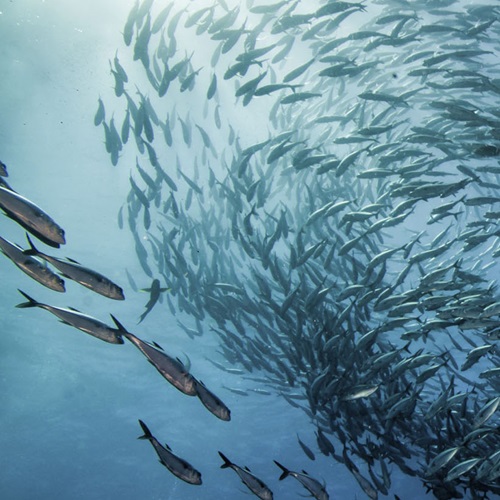
Topic selector
Te Kawa o Tangaroa: all topics
Explore more

Featured{{item.Headline}}
{{item.Description}}
Sign up for teacher updates
Each quarter, we'll feature the latest education resources, upcoming calendar dates, competitions and the very best ocean-related stories.


